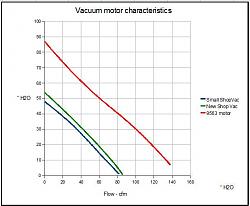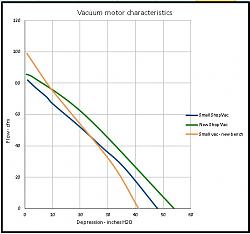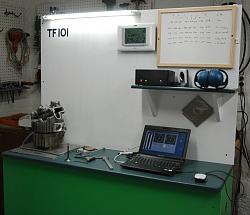But I might be wrong. My gut feel says strongly that you want high air velocity. But gut feel can lead us astray, so I just worked it out from a head loss perspective. Going from 4" round duct to 6" round duct will save you about half a PSI. The 4" will have about 0.7 PSI of loss, and the 6" will have about 0.1 PSI. For a shop vacuum that may only make -3 PSI (guessing here), that may be significant. You might very well get 10-20% more suction at your endpoint by increasing the duct diameter.
It's a tradeoff. All I know is I don't want to mess around with removing sections of duct to try to unclog them, so I'm installing 4" in my shop.



 LinkBack URL
LinkBack URL About LinkBacks
About LinkBacks


 Reply With Quote
Reply With Quote






Bookmarks